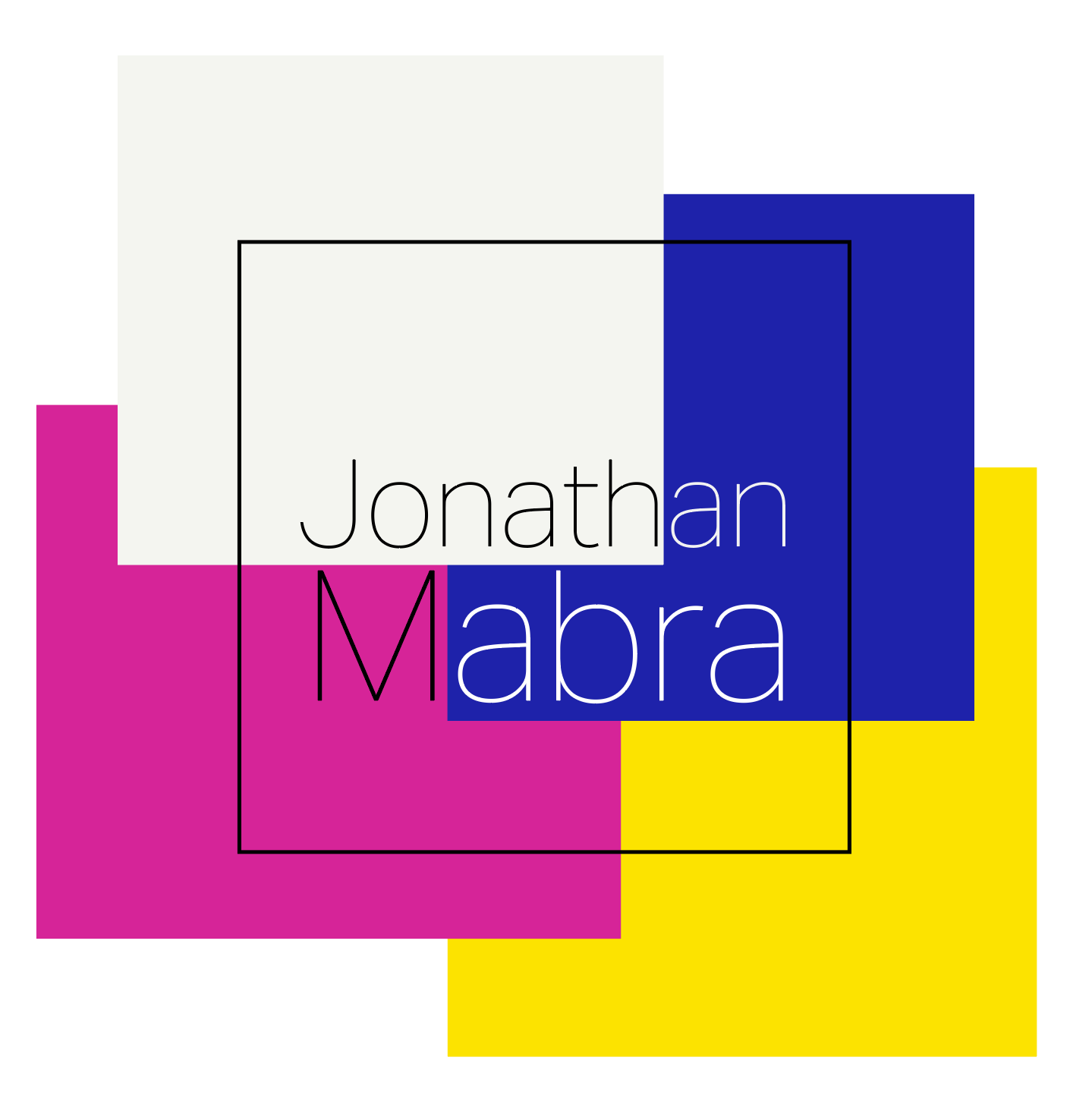From the Designer:
My personal relationship with art and design stems from always wanting greater access. Growing up in a small town in the Texas panhandle did not give me much opportunity to experience fine art and design on a physical level, so I believe that has given me an interesting perspective. I feel very connected to a community of designers and artists when working, I feel as if I am a part of something larger than myself. In my work I strive to create well fitted garments which include sculptural elements, interesting silhouettes, and sometimes minimalistic forms. I pull inspirations from the natural world, fine art, portraiture, architecture, and other forms of design. My work tends to be a mixture of timeless elements, with some kind of added interest. I enjoy the physical aspect of making work from the materials sourcing, pattern making, and design process, to the sewing of garments. I intend on concentrating my efforts on making unique pieces that last the test of time.
On sustainability:
In my work I practice sustainability by participating in a “slow fashion” production method, focusing on low volume, more timeless fashion items. I hand manufacture all of my work with locally sourced fabrics which cuts down on shipping emissions, thus minimizing my carbon footprint and environment impact. I also tend to use natural fiber based fabrics such as wool, silk, and cotton. I minimize fabric consumption and waste and strive to achieve the best yield from the fabric cutting during production. Sustainability and the environmental impacts of garment production is a resource intensive commerce sector, and designers and consumers alike need to be conscious of all of the aspects of clothings environmental impact.
Personal Design Practice:
From Design Portfolio
1. Inspiration and Where to Find It
Inspiration can be found in many places. Something as small as a button or as vast as a conceptual art idea or movement. Personal inspiration is often derived from: the natural world, travel, fine art, portraiture, the human form, architecture, color, shape, or even world history and current events.
2. Research and Visual Language
During the design process it is important to have both concept and context for an idea that is being designed around. Mostly because it is a lot easier to design something when it is known what is being talked about, but also because it is more likely it will be executed correctly. Concept gives the design a purpose and context gives it something people can relate to and enjoy or appreciate.
3. Sketching, Refinement, and Material Selection
Putting the idea for a design or designs is often one of the most time intensive aspects of creating, sometimes finding a material or having an aspect to design around really improves the outcome of a design and for a large group of designers is a necessary beginning.
4. Pattern-making, Draping, and Development
The development stage, including Pattern-making and draping is where a design starts becoming reality, and more importantly becomes a tangible object that is able to be manipulated and ultimately consumed by the public.
5. Construction, Fitting, and Technical Design
Construction, fit, and technical design are some of the most important aspects of the design process, because they are the difference between an idea and a well executed product.
6. Marketing, Branding, and Supplementary Materials
It is important to be able to complete a wide array of different tasks. Marketing, branding, and how to come up with supplementary materials are all important aspects of design that need to be considered pre and post production.
